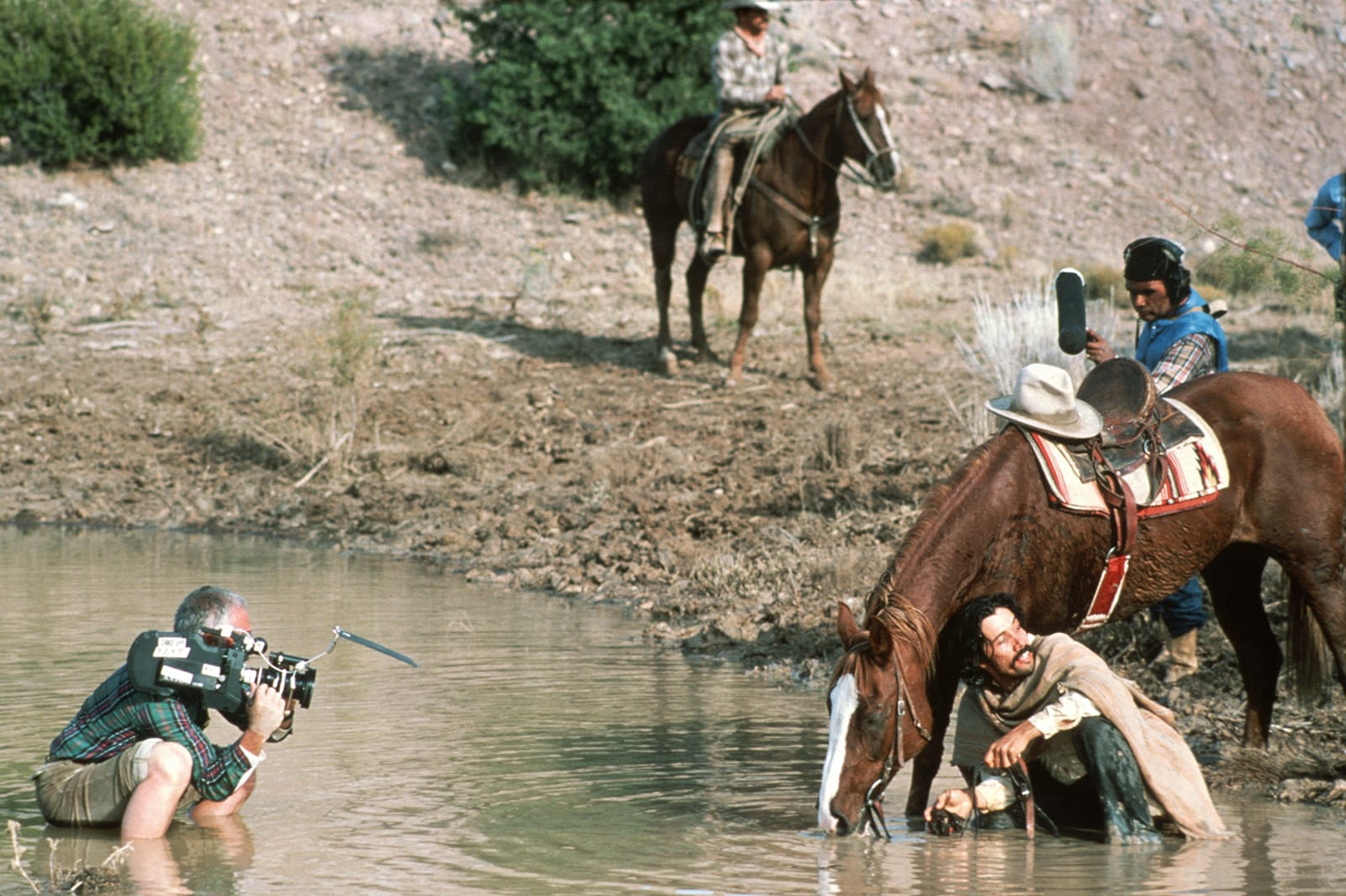The Ballad of Gregorio Cortez: A Cinematic Corrido

Robert M. Young’s The Ballad of Gregorio Cortez (1982) is a compelling western that can be enjoyed on its own, without any background knowledge. But the more one knows about the historical event it is based on, and the retelling of that event in various media over the next eighty years, the more fascinating it becomes. The case of Gregorio Cortez was itself extraordinary, but so is the way his story has lived on as a kind of mediated folklore, first as a South Texas corrido, or ballad, then as a book still in print sixty years after it was first published, and finally as an independently made film.
It all began one June afternoon in 1901, on the outskirts of Kenedy, Texas. Sheriff W. T. Morris was questioning two Mexican American farmers about a stolen horse. The farmers, Gregorio Cortez and his brother Romaldo, pleaded their innocence, but their responses were mistranslated by a deputy acting as Morris’s interpreter. Thinking that the Cortez brothers were defying the law, Morris approached them to make an arrest. There are conflicting accounts about who drew first, but Morris shot and wounded Romaldo, and shot at Gregorio but missed. Gregorio shot and killed Morris. The deputy ran off, and Gregorio took his wounded brother to a friend’s house in Kenedy to convalesce. He then walked two days to another friend’s farmhouse to hide out. A posse tracked him there and engaged the house’s inhabitants in a nighttime shoot-out. Two members of the posse were killed, among them the sheriff of Gonzales County.
Gregorio fled in the confusion. By the time he was apprehended eight days later, he had traveled some 120 miles on foot and at least 400 more on horseback, crisscrossing Central and South Texas as he eluded capture by hundreds of local lawmen and Texas Rangers (a law-enforcement body with statewide jurisdiction). The incident had all the makings of a legend; it is no wonder Gregorio’s feat was memorialized in song.
The song in question was an anonymously written ballad, heard across the South Texas borderlands while Gregorio Cortez himself awaited trial. Popular on both sides of the border, corridos often recounted current events and the exploits of local figures. “El corrido de Gregorio Cortez” is a perfect example of the genre, illustrating the multiple functions such ballads served for the Mexican American community. First, it was journalistic, a means of spreading the news—in Spanish—to citizens at the margins of turn-of-the-twentieth-century Texas society. At the same time, it was a corrective to the version of events being published in the mainstream, English-language press. As such, it told its story from Cortez’s—and the minority Mexican Americans’—perspective, in some forms including facts omitted by newspaper accounts. Finally, “El corrido de Gregorio Cortez” was folkloric, casting Cortez as a legendary hero.






